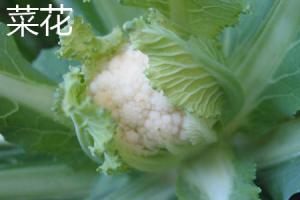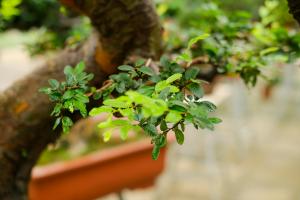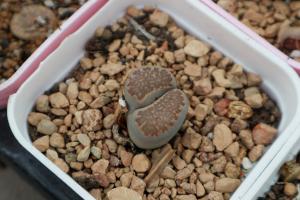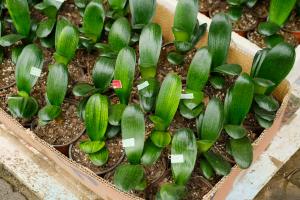Introduction
Water hyacinth is a type of aquatic plant that is commonly found in freshwater ecosystems around the world. It is a free-floating plant that has become a nuisance in many waterways due to its invasive nature and rapid growth rate. This article will explore the characteristics and benefits of water hyacinth, as well as its negative impacts on the environment.
Characteristics of Water Hyacinth
Water hyacinth has several unique characteristics that set it apart from other types of aquatic plants. For starters, it has broad, glossy leaves that are green in color and float on the surface of the water. It also produces striking purple or lavender flowers that bloom throughout the summer months. Additionally, water hyacinth has a long root system that dangles beneath the water's surface, seeking out nutrients from the sediment below.
Benefits of Water Hyacinth
Despite its invasive nature, water hyacinth does have some benefits to offer. For one, it provides habitat and food for a variety of aquatic species. Fish, insects, and other animals can use the plant's roots and leaves as shelter and a food source. Additionally, water hyacinth can help to improve water quality by absorbing excess nutrients and pollutants from the water. This can help to reduce the risk of harmful algal blooms and other water quality issues.
Negative Impacts of Water Hyacinth
While water hyacinth has its benefits, its negative impacts cannot be ignored. Perhaps the biggest issue with water hyacinth is its invasive nature. It can quickly reproduce and spread, forming thick mats on the surface of the water that can completely cover the waterway. These dense mats can block sunlight and oxygen from reaching the water below, which can lead to the death of aquatic species and other negative impacts on the ecosystem. Additionally, water hyacinth can clog water intake structures, hinder navigation, and impact recreational activities like fishing and boating.
Management Strategies
Given the negative impacts of water hyacinth, it is important to implement effective management strategies to control its growth and spread. Several methods can be used to manage water hyacinth, including physical removal, biological control, and chemical treatments. Physical removal involves manually removing the plant from the water using nets, rakes, or other tools. Biological control involves introducing natural predators or pathogens that can control the plant's growth. Chemical treatments involve using herbicides to kill the plant.
Conclusion
Water hyacinth is an aquatic plant with both benefits and negative impacts. While it provides habitat and helps to improve water quality, its invasive nature can lead to ecosystem disruptions and other issues. Effective management strategies can be used to control its growth and spread, but it remains a persistent problem in many waterways around the world.

 how many times do yo...
how many times do yo... how many planted tre...
how many planted tre... how many pine trees ...
how many pine trees ... how many pecan trees...
how many pecan trees... how many plants comp...
how many plants comp... how many plants can ...
how many plants can ... how many plants and ...
how many plants and ... how many pepper plan...
how many pepper plan...

































